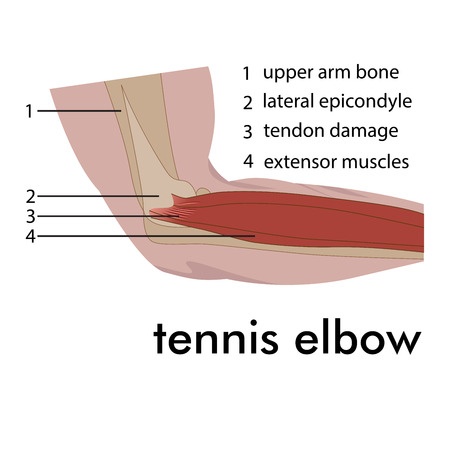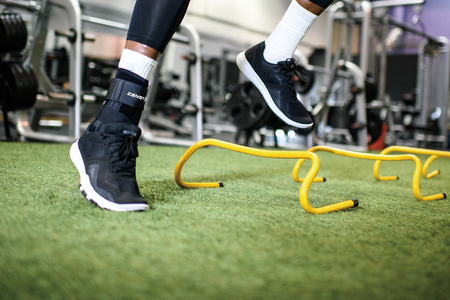Lateral epicondylitis is commonly known as tennis elbow which is a condition causing pain to outer aspect of elbow (lateral epicondyle) especially with gripping activities. It is similar to golfer’s elbow (medial epicondylitis) which is located on the inner aspect of elbow. Lateral epicondylitis is acute or chronic inflammation or degeneration to the tendons of the wrist extensors leading to pain and tenderness. Extensor carpi radialis brevis (ECRB) is most commonly involved.
Causes
Proof of the exact pathogenesis or cause of this disorder is still lacking, though it is thought to be an early degeneration/ microtrauma of the flat tendon origin of the forearm extensors that attach to the lateral epicondyle of the humerus (2). Initially it was suggested that lateral epicondylitis was only known as an overuse injury, however recently it is also thought to occur due to a direct blow or trauma. “Tennis elbow” is not limited to those who play tennis and commonly affects the general public.
Treatment
There are a wide variety of treatment options known to help with lateral epicondylitis. Topical non-steroidal anti-inflammatory drugs (NSAIDS), corticosteroid injections, ultrasound, and iontophoresis have been considered to be popular treatments, however research has shown that these only pose short –term benefits. (1,2). Use of a “tennis elbow brace” (inelastic, non-articular proximal forearm strap) has been shown to help reduce pain with normal functional activities (1). There are a few cases that may warrant surgery if all other conservative options fail.
References
- American Family Physician. 2007. Sept 15; 76 (6): 843-848.
- Salter, Robert B. Textbook of Disorders and Injuries of the Musculoskeletal System. Maryland: Lippinocott Williams & Watkins, 1999. Third edition
Article produced by: Laura Scott, MPT ProSport Physical Therapy, 1000 Bristol Street North Ste. #25, Newport Beach, CA (949) 250-1112







